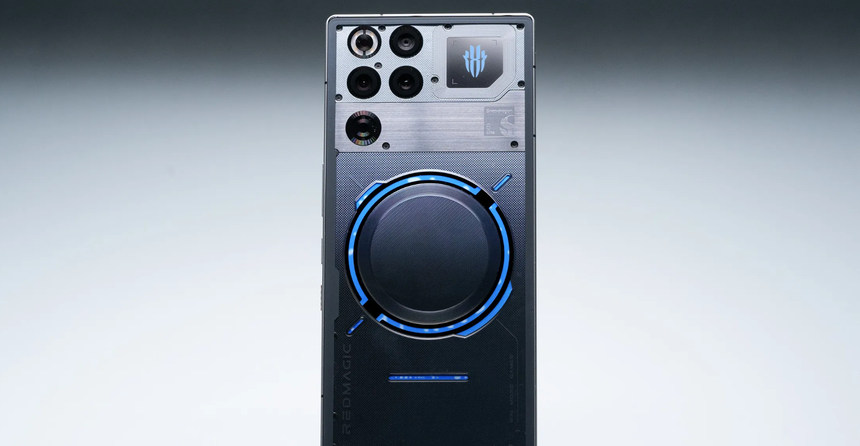Meta is stepping into the future of human-computer interaction with a new wearable that could completely change how we type and navigate digital spaces. Their latest prototype is a wristband that does not need a keyboard or mouse to function. Instead, it reads your muscle signals and translates them into commands that can control your device. Whether it is typing, swiping, or moving a cursor, everything can now happen without even touching a screen.

Developed by Meta’s Reality Labs, the technology is powered by surface electromyography or sEMG. This method allows the device to pick up electrical activity from muscles in your wrist. When you make even the slightest motion like intending to tap or pinch with your fingers, the wristband captures those signals and turns them into input commands for your computer or wearable device.
Meta says the wristband is designed to work across different types of users with varied physical abilities. By adapting to each individual’s muscle signal patterns, the wristband can become more accurate over time. In fact, Meta’s research shows that with personal calibration, the accuracy of interpreting signals improves by up to sixteen percent.
A video shared by Meta shows how the device enables someone to write the words "Hello World" simply by moving their finger across a flat surface. No stylus. No keyboard. No screen. It also demonstrated gestures like cursor movement and selection actions. These early visuals give a glimpse of how powerful this wrist-based interaction could become in daily computing or even accessibility-focused tools.

Beyond its futuristic appeal, the wristband has significant potential for people with disabilities. Meta highlights how users with hand tremors could use this technology to type or control a touchscreen interface more reliably. The company has also partnered with researchers at Carnegie Mellon University to further test how this tool could help users with limited motor control.
What makes this even more exciting is Meta’s open approach to development. The company has released large datasets from research studies for the public. These include surface typing recordings and now a new set of sEMG data collected from 300 participants performing various tasks. This allows researchers and developers to continue exploring new ways to use sEMG for accessible and innovative computing.
Meta believes that as this wearable evolves, it can become a seamless extension of your intention. The more you use it, the more it learns and improves. That could eventually lead to a future where you can control everything from your phone to your laptop with just a flick of a finger or a thought of a gesture.
To stay updated on groundbreaking tech like this, follow Tech Moves on Instagram and Facebook.










